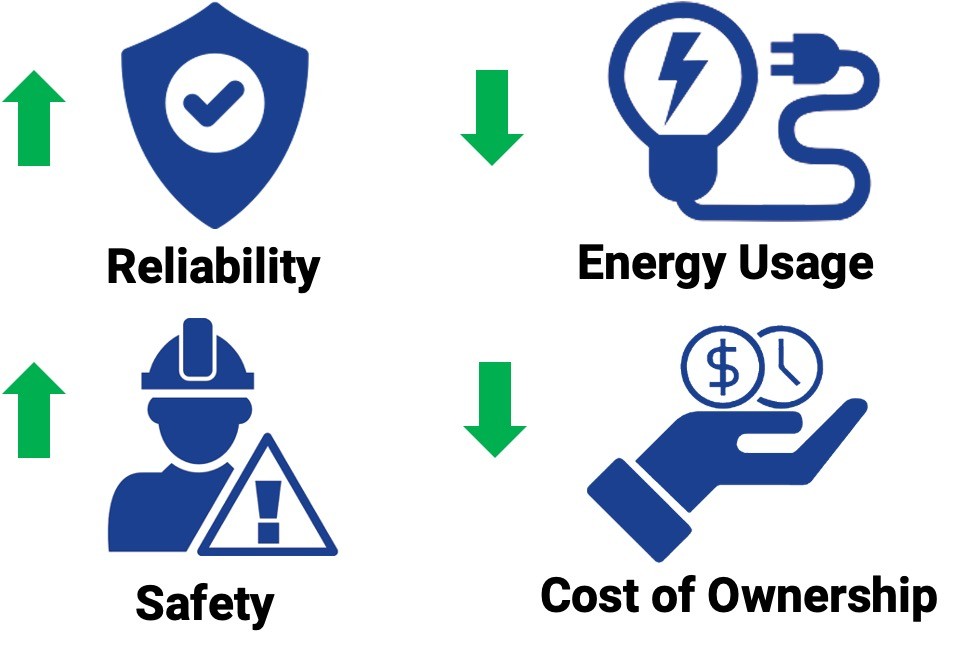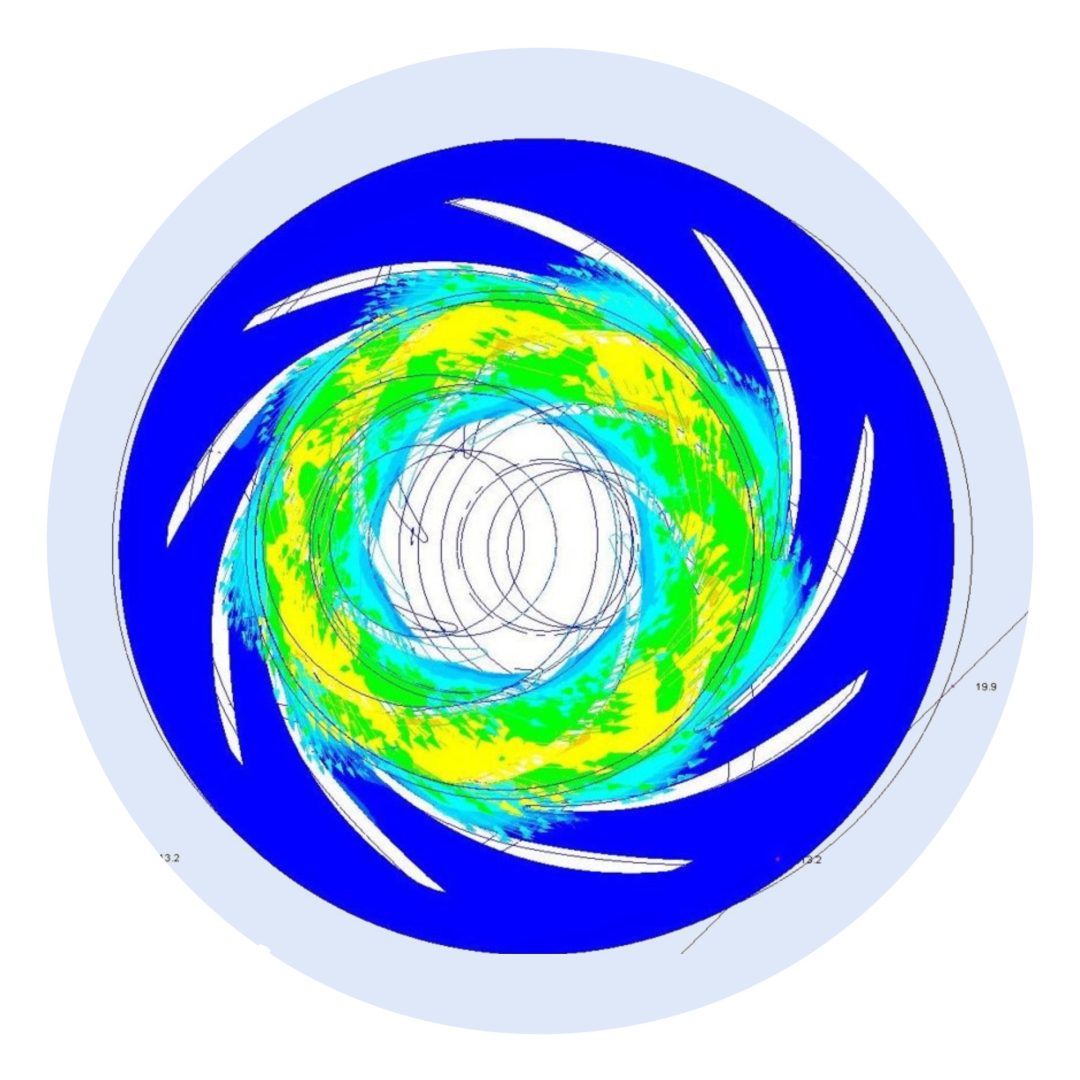Boost Energy Efficiency and Accelerate Savings
It’s estimated that 85% of pumps are not optimized to their systems, costing end users both efficiency and reliability. To achieve operational excellence and reduce environmental impact, assessing and improving our systems is essential.
There is a lot of focus on buying new equipment with a higher energy efficiency rating. In reality, the efficiency gains available in optimizing efficiency within the pump design is usually dwarfed by the energy savings available by optimizing the way the pump operates within its system. Not only does optimizing a pump to its system result in a reduction in energy usage, it allows the pump to operate at its best efficiency point (BEP), where reliability is the greatest.

With today’s technology, optimizing a pumping system is achievable with less cost and a greater return on investment. Advancements in testing capabilities and analytical modeling help us to better understand and predict how fluid moves through a system, allowing us to identify more opportunities for improvement. These technologies also eliminate the uncertainty of planned modifications by assessing their effectiveness in a virtual environment.
When optimizing a pump to its system, it’s important to have a holistic mindset- looking beyond the pump boundaries, considering both mechanical and hydraulic performance, and understanding that system operation is affected as much by the people who operate it as it is the physical system itself. What tools are useful to have in your toolbox when approaching a system optimization project?
The first step in optimizing your system is understanding its weaknesses and identifying the main areas of energy and cost savings potential. This requires the ability to perform field testing of the equipment to understand both the hydraulic and mechanical performance. Data taken during field testing can later be used in analysis when diagnosing problems and engineering system modifications. Having access to advanced system modeling software is also very helpful at this stage.

After field data is taken and areas of inefficiency and improvement are identified, analytical software is critical in understanding how to make changes that will improve system performance. Computational fluid dynamics (CFD) allows custom hydraulics to be designed. It also predicts fluid behavior when modifications are made that might influence pump performance, such as changes in the intake of the pump that might affect impeller loading.
Finite element analysis (FEA) and experimental modal analysis (EMA) provide an understanding of how the mechanical structure of the system moves during operation. These tools can help diagnose vibration problems and are particularly useful for bad actors with complex vibration or older installations where soft foot or foundation degradation are greater risks. When changing hydraulics to incorporate a different number of vanes or when changing the pump speed, these tools are also essential for understanding if the changes in the pump forcing frequencies might excite a resonance in the system.
The next step is finding a partner that can implement the proposed modifications. This partner should have a strong engineering background, responsive service, and access to a reliable source for cast parts. They should also have access to a performance test lab to support verification of any new hydraulic designs in a controlled environment.
 Once the modifications are implemented, providing the means to record an equipment baseline and continuously monitor and trend machine health is important. Having a condition monitoring system that provides automated collection of critical data and accessible tools for assessing equipment condition will help ensure that the modification is continuing to provide the expected results.
Once the modifications are implemented, providing the means to record an equipment baseline and continuously monitor and trend machine health is important. Having a condition monitoring system that provides automated collection of critical data and accessible tools for assessing equipment condition will help ensure that the modification is continuing to provide the expected results.
The last key thing to consider when implementing a system modification is educating the people who interact with the pump system. Optimizing a system and then operating it in a way that compromises the investment made will bring you back to where you started. Providing an understanding of pump operation and what effects reliability and efficiency supports more informed operation and maintenance of the equipment.
Learn more about how Hydro can support you in your full system optimization journey:
- Understand Savings Potential – Field Testing & System Modelling
- Address System-Induced Mechanical Issues – FEA and Experimental Modal Analysis
- Optimize Hydraulic Performance – Design Expertise + Computational Fluid Dynamics
- Implement Solutions – Responsive Service Network and Expedited Parts Supply
- Validate Performance – HI-Certified Performance Test Lab
- Monitor & Trend Performance – Centaur Condition Monitoring
- Build an Educated Workforce – Hydro University Optimization Core Courses
